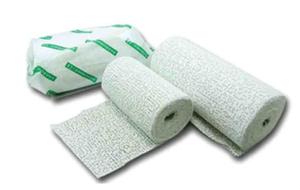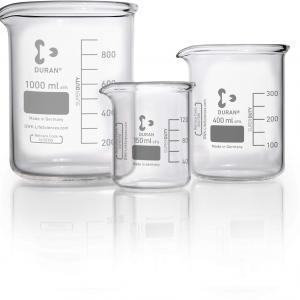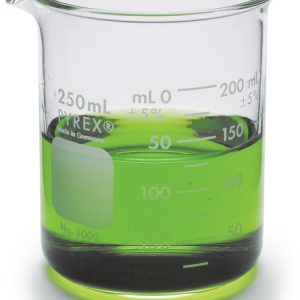Petri Dish High Borosilicate Glass Cell Culture Dishes
AED 0.00
Product ID: 1177
Brand: CNWTC -China
A Petri dish (alternatively known as a Petri plate or cell-culture dish) is a shallow transparent lidded dish that biologists use to hold growth medium in which cells can be cultured, originally, cells of bacteria, fungi and small mosses. The container is named after its inventor, German bacteriologist Julius Richard Petri.It is the most common type of culture plate. The Petri dish is one of the most common items in biology laboratories and has entered popular culture. The term is sometimes written in lower case, especially in non-technical literature.
NOTE: No Exchange No Return Learn More
Warranty: Not applicable, except in cases of wrong or damage item delivery. In such instances, we will replace the product upon receipt of proof in the form of videos and photos.
Quality comes first and our products deliver accurate results.



















